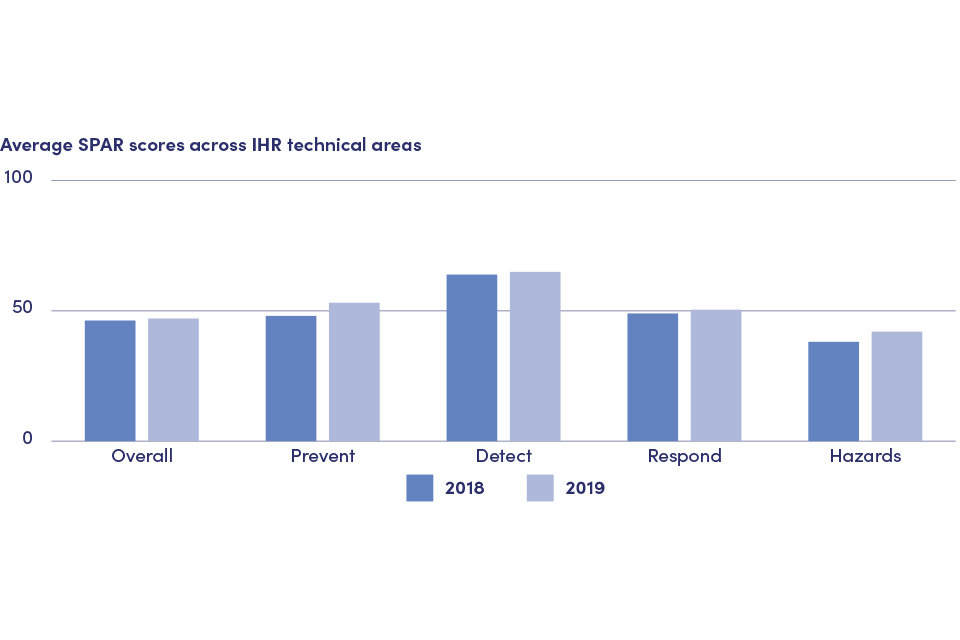Universal Health Coverage and Pandemic Preparedness in Haiti (2019-2023) – World Bank

Report on the Universal Health Coverage (UHC) and Pandemic Preparedness Initiative in Haiti
Project Overview and Alignment with Sustainable Development Goals (SDGs)
The Universal Health Coverage (UHC) and Pandemic Preparedness initiative in Haiti was implemented to enhance the national health system and fortify its pandemic response capabilities. The project’s objectives are in direct alignment with the United Nations’ 2030 Agenda for Sustainable Development, particularly SDG 3: Good Health and Well-being, by providing critical recommendations to the Haitian government to advance these goals.
Key Outcomes and Contributions to SDG 3
Comprehensive Analysis for Evidence-Based Policy
The project conducted a series of comprehensive analyses to generate evidence for strengthening Haiti’s health sector. These activities directly support the achievement of specific SDG 3 targets:
- Contribution to SDG Target 3.8 (Achieve universal health coverage): Analyses of health facility performance, resource mapping, and community health strategies were conducted to provide a clear pathway toward UHC.
- Contribution to SDG Target 3.d (Strengthen capacity for health risks): The project evaluated pandemic response options to improve Haiti’s capacity for early warning, risk reduction, and management of national and global health emergencies.
- Contribution to SDG Target 3.1 (Reduce maternal mortality): A focused analysis on maternal healthcare access was performed to identify and address gaps in service delivery.
Strategic Recommendations and Policy Impact
A primary achievement of the initiative was the delivery of strategic guidance to inform national policy, culminating in a key report.
- Completion of the “Enhancing Service Delivery for UHC” Report: This report synthesizes project findings and lessons learned, serving as a foundational document for future policy.
- Informing National Health Policies: The report’s recommendations are designed to guide government policies on achieving UHC and improving pandemic preparedness, thereby contributing to the development of a more resilient healthcare system as envisioned in SDG 3.
1. Which SDGs are addressed or connected to the issues highlighted in the article?
The primary Sustainable Development Goal (SDG) addressed in the article is:
-
SDG 3: Good Health and Well-being
The article focuses entirely on health-related issues in Haiti. It explicitly mentions the “Universal Health Coverage (UHC) and Pandemic Preparedness initiative,” which aims to “enhance the country’s health system.” The project’s key achievements, such as analyses on “health facility performance, maternal healthcare access, community health strategies, and pandemic response options,” all fall directly under the objective of ensuring healthy lives and promoting well-being for all at all ages.
2. What specific targets under those SDGs can be identified based on the article’s content?
Based on the article’s content, the following specific targets under SDG 3 can be identified:
-
Target 3.8: Achieve universal health coverage, including financial risk protection, access to quality essential health-care services and access to safe, effective, quality and affordable essential medicines and vaccines for all.
The article directly references this target through its focus on the “Universal Health Coverage (UHC) … initiative in Haiti.” The project’s goal to provide “recommendations to the Haitian government for achieving UHC” and its comprehensive analysis on “Enhancing Service Delivery for UHC,” which covers “health facility performance” and “maternal healthcare access,” are direct efforts towards this target.
-
Target 3.d: Strengthen the capacity of all countries, in particular developing countries, for early warning, risk reduction and management of national and global health risks.
This target is addressed by the initiative’s second core component: “Pandemic Preparedness.” The article states the project aimed to “strengthen its capacity for pandemic response” and conducted analyses on “pandemic response options.” The outcome of helping to “build a more resilient healthcare system” is a key aspect of managing national health risks as described in this target.
3. Are there any indicators mentioned or implied in the article that can be used to measure progress towards the identified targets?
Yes, the article implies several indicators that can be used to measure progress:
-
Indicator for Target 3.8 (Implied): Corresponds to official indicator 3.8.1 – Coverage of essential health services.
The article does not name the indicator but implies its components. Progress can be measured by assessing the very areas the project analyzed: “health facility performance,” “maternal healthcare access,” and the effectiveness of “community health strategies.” These elements are key components used to calculate the coverage of essential health services.
-
Indicator for Target 3.d (Implied): Corresponds to official indicator 3.d.1 – International Health Regulations (IHR) capacity and health emergency preparedness.
The article’s focus on strengthening “capacity for pandemic response” and improving “pandemic preparedness” directly relates to this indicator. The project’s analyses on “pandemic response options” and the overall goal of building a “more resilient healthcare system” are measures of a country’s capacity to handle health emergencies, which is what Indicator 3.d.1 tracks.
4. Table of SDGs, Targets, and Indicators
| SDGs | Targets | Indicators (as identified or implied in the article) |
|---|---|---|
| SDG 3: Good Health and Well-being | 3.8: Achieve universal health coverage… | Implied Indicator (related to 3.8.1): Coverage of essential health services, measured through project analyses on “health facility performance,” “maternal healthcare access,” and “community health strategies.” |
| SDG 3: Good Health and Well-being | 3.d: Strengthen the capacity of all countries… for early warning, risk reduction and management of national and global health risks. | Implied Indicator (related to 3.d.1): Health emergency preparedness capacity, measured by the project’s efforts to “strengthen its capacity for pandemic response” and its analyses of “pandemic response options.” |
Source: worldbank.org

What is Your Reaction?
 Like
0
Like
0
 Dislike
0
Dislike
0
 Love
0
Love
0
 Funny
0
Funny
0
 Angry
0
Angry
0
 Sad
0
Sad
0
 Wow
0
Wow
0












































































